The European Accessibility Act (EAA) becomes law in June 2025, and it will have a big impact on eCommerce stores that wish to trade in the EU, wherever they’re based.
So, if you’re doing business in the EU, it’s time to get up to speed with this act.
As we’ve seen in the US, thousands of lawsuits have been filed against eCommerce businesses that failed to comply with similar regulations that were introduced in 2023.
Therefore, it’s not unreasonable to expect the same to happen after the EAA comes into force.
However, as we’ll see in this article, complying with the EAA isn’t only about avoiding fines. Doing so also makes good business sense. Accessible sites perform better than non-accessible ones across a range of important metrics.
Making an effort to improve accessibility at your store gives you a chance to stand out from slower-to-act businesses, giving you a competitive advantage over them.
Therefore, it’s worth seeing making your site compliant as an opportunity to grow your business rather than simply a way to avoid punishment from the authorities.
It’s worth pointing out that the EAA has limited exemptions regarding compliance. One is that micro-enterprises with a small number of employees (less than 10) and an annual turnover below €2 million do not need to comply with the EAA.
As we’ll see, there are benefits to making your site accessible by complying with the EAA that go beyond avoiding fines.
The Benefits of Focusing on Accessibility
There are many benefits to making your eCommerce store as accessible as possible, whether you’re being forced to or not.
The number of people with disabilities in the European Region is estimated to be 135 million or one in four people over the age of 16. These are people who could potentially be unable to use your store due to accessibility issues.
While not all of them will be in your target market, failing to accommodate people with accessibility needs reduces your pool of potential customers, regardless of your niche.
But it’s not just about excluding potential customers; the benefits of making your eCommerce store accessible and compliant with the EAA include the following:
- Better User Experience — People with all levels of ability will find your store easier to use if it’s well-designed and accessible. When a store is easier to use, conversions go up as more people can achieve their desired outcomes.
- Expanded Audience — More people from diverse backgrounds can become your customers if your store is accessible. As mentioned earlier, one in four adults in the EU has a disability, which could be preventing them from shopping at your store.
- Improved SEO — Search engines take accessibility, or the impact accessibility has on user experience, into account, so you should see increased search engine visibility by addressing any inaccessibility issues at your store that are interfering with the user experience.
- Strengthen Your Brand — Failing to make your store accessible can generate bad publicity that will harm your brand. Conversely, making your store easy to use and accommodating to all will increase positive feedback, such as online reviews and word-of-mouth recommendations.
- Become More Sustainable — With fines already in place for failing to meet existing accessibility regulations and the potential for more following the implementation of the EAA, making your store compliant will reduce the financial penalties that could significantly impact the profitability and sustainability of your business.
It might seem like updating your eCommerce store to make it accessible will be expensive. However, it should be a good investment in your business, with research suggesting that accessibility and user improvements return $100 for every $1 spent.
Creating an online store that’s accessible to all is good for business, and while there are penalties for failing to do so, it’s not too late to act.
What is the European Accessibility Act
The European Accessibility Act (EAA) is an EU directive to improve accessibility for people with disabilities. It applies to eCommerce platforms, including websites, mobile apps, payment systems, online marketplaces, and more.
The aim is to ensure that these entities are inclusive and accessible to everyone, including those with disabilities.
In order to comply with the act, eCommerce stores must meet requirements based on the Web Content Accessibility Guidelines (WCAG) 2.1. These guidelines focus on making digital content perceivable, operable, understandable, and robust.
The exact requirements are long and detailed, but for an overview of what’s included, here are some examples:
- Providing text alternatives, such as alt text for screen readers for all non-text content (e.g., images, icons).
- Enabling keyboard navigation to ensure full functionality is accessible via a keyboard without requiring a mouse.
- Ensuring content is readable by using clear fonts, proper contrast ratios, and resizable text.
- Including captions and transcripts for audio and video content.
- Providing sign language interpretations where applicable.
- Labeling input fields clearly for accessibility tools.
- Providing error identification and suggestions to assist with form completion.
Other requirements apply to payment systems, customer support channels, and more. These relate to offering accessible checkout processes that accommodate assistive technologies and alternative communication methods, such as email or voice support, for users with disabilities.
To get the full list of requirements, you’ll need to explore the official documentation on the European accessibility act.
How To Ensure Your eCommerce Store is Accessible
Now that you have an idea of why you should make your store accessible and comply with the EAA, as well as what sort of things fall under this act, here are some ways you can go about ensuring your eCommerce store is accessible:
Use an accessibility checker to identify issues and find out how to fix them. WordPress site owners can use the freemium Accessibility Checker plugin from Equalize Digital, although other options are available.
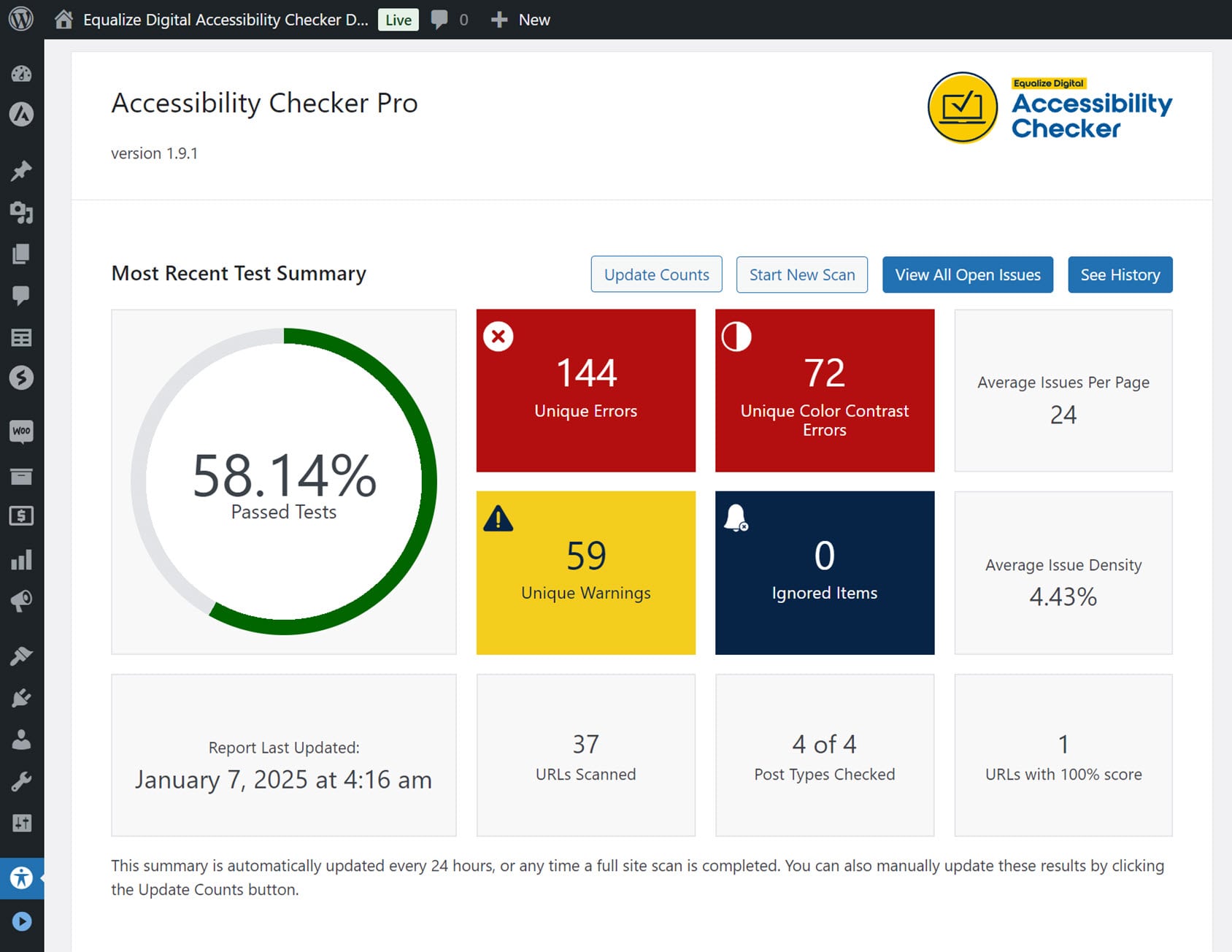
Once installed, the plugin will highlight any issues inside your WordPress dashboard. It’s a quick and easy way to improve the accessibility of your site and start the process of making your eCommerce store EAA compliant.
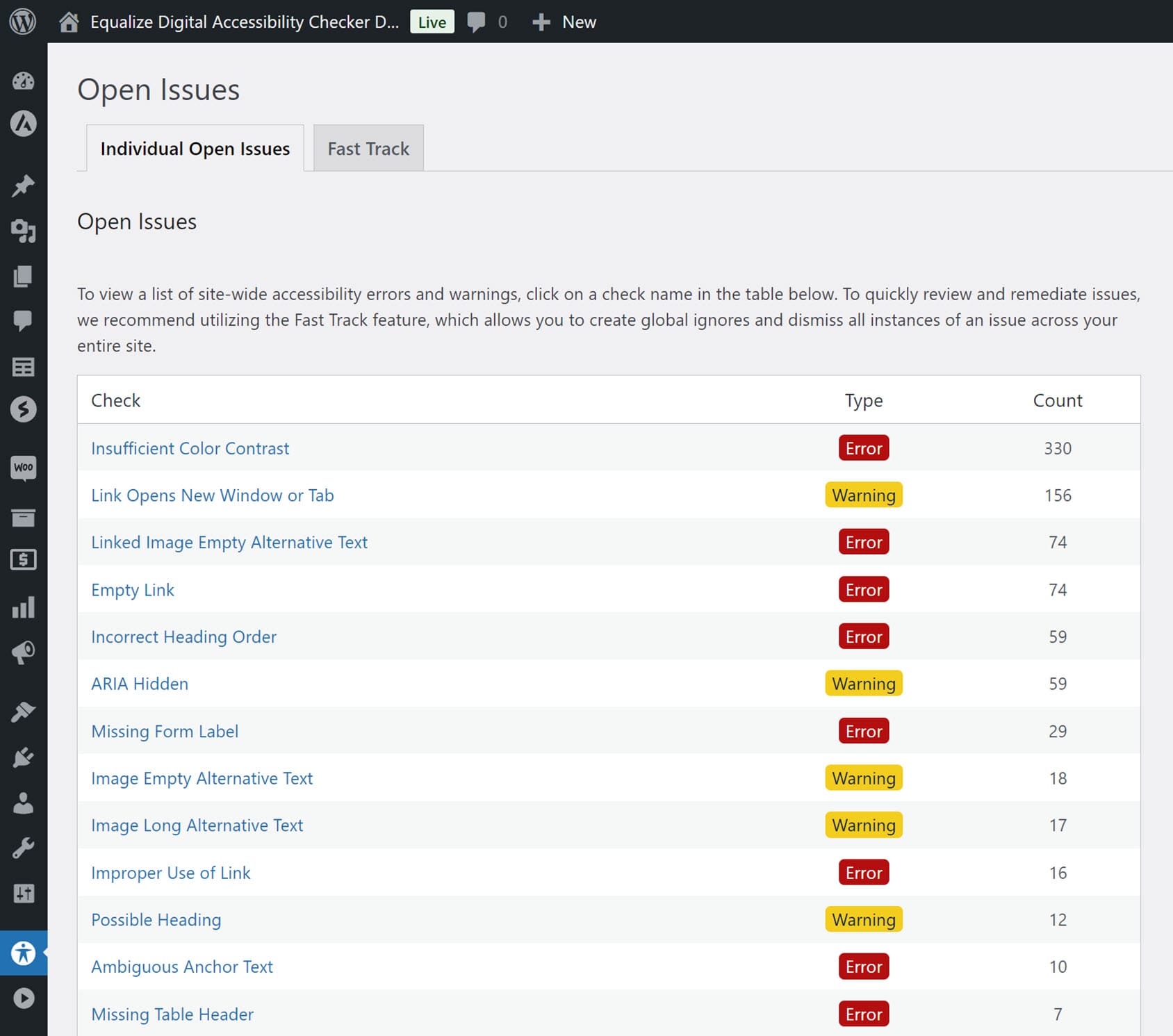
Manually testing your site yourself can also be very eye-opening. Navigating your store using only the keyboard will highlight any issues that those with accessibility needs might be facing.
Real user testing is another approach you can take. Finding people with accessibility needs who are available and willing to test your store will reveal any issues.
If you don’t have accessibility needs yourself, it can be challenging to put yourself in the position of someone who does, making it hard to identify problem areas with your store. Therefore, real user testing can be a helpful option.
As you evaluate your site, particular areas to focus on include product pages, the ability to add items to the cart, and any forms, including your store’s checkout and payment forms.
If you’re not using an accessibility-focused WordPress theme for your store, switching to one that is, should significantly improve things. One option to consider is our Shoptimizer WooCommerce theme.
Adding an accessibility statement to your store is recommended, too. It’s an effective way to show visitors that you care about this important issue. Including information about what you’ve done to make your store accessible quickly demonstrates to visitors that you’re being proactive. You can use the W3C’s Accessibility Statement Generator to simplify this task.
Summary
With the EAA on schedule to be implemented by June 28, 2025, there’s still plenty of time to act.
As we’ve seen, failing to make your store EAA compliant could result in financial penalties. However, making your store compliant has more benefits than just avoiding fines and bad publicity.
Ensuring as many people as possible can access your store should increase sales. Search engines like Google use a store’s user experience to determine where to display sites in their results pages, so improving the accessibility of your store can only help increase your business’s visibility.
If you’re using WordPress, installing a plugin like Accessibility Checker or One Click Accessibility will quickly highlight potential issues with your store. They’ll also provide you with advice on fixing those issues.
While making your store EAA complaint might seem like another task to add to your to-do list, think of it as an opportunity to grow your business and increase the number of people who find your store and can fully use it.

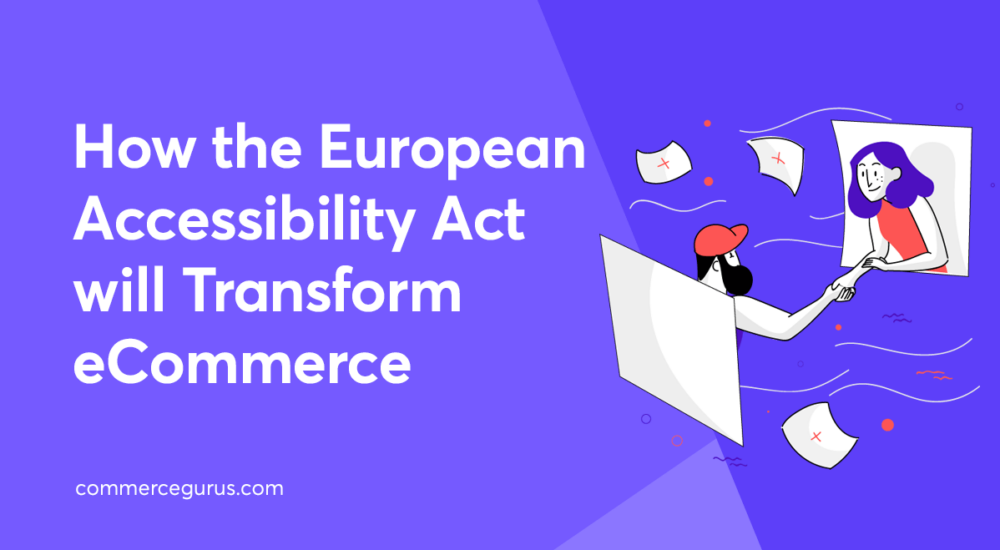
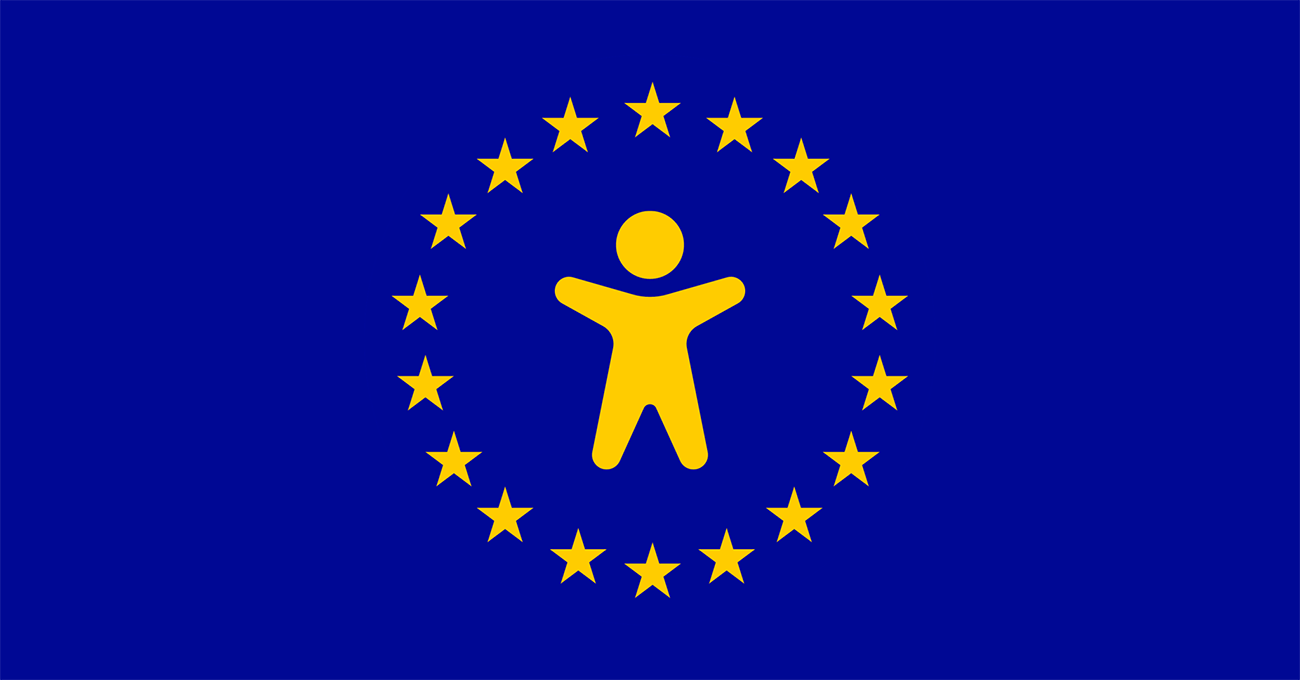


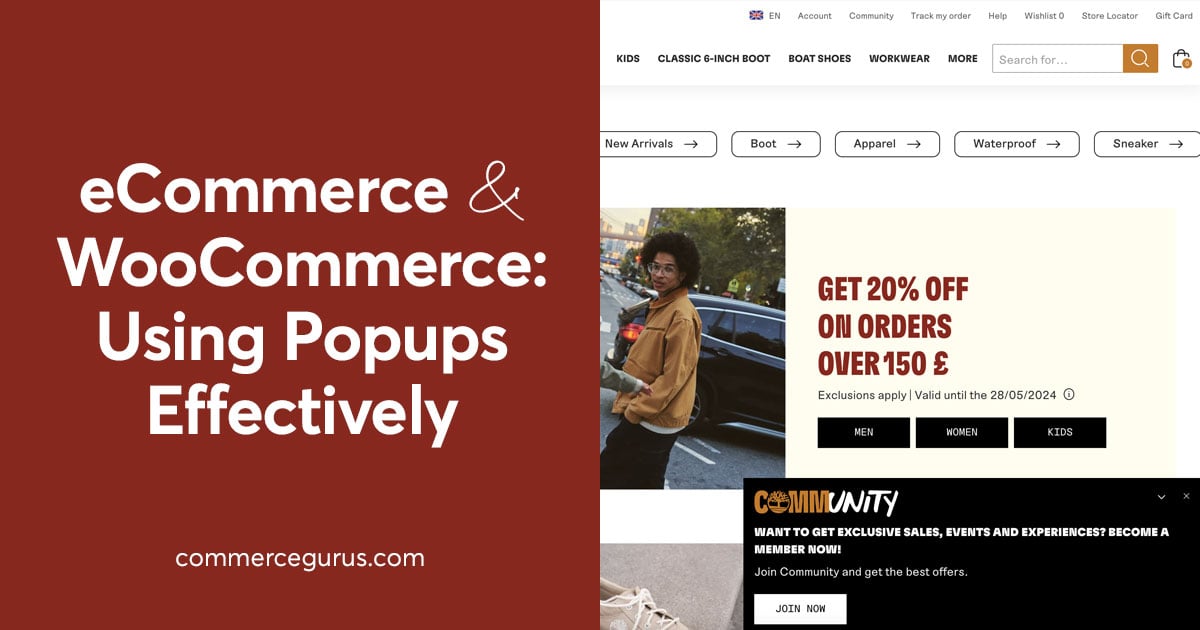


 27 Quick Ways to Improve your Store (With Examples)
27 Quick Ways to Improve your Store (With Examples)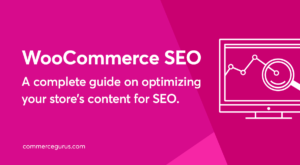 WooCommerce SEO
WooCommerce SEO Create a Better Thank You Page in WooCommerce
Create a Better Thank You Page in WooCommerce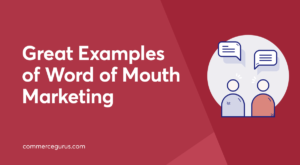 Great Examples of Word of Mouth Marketing
Great Examples of Word of Mouth Marketing